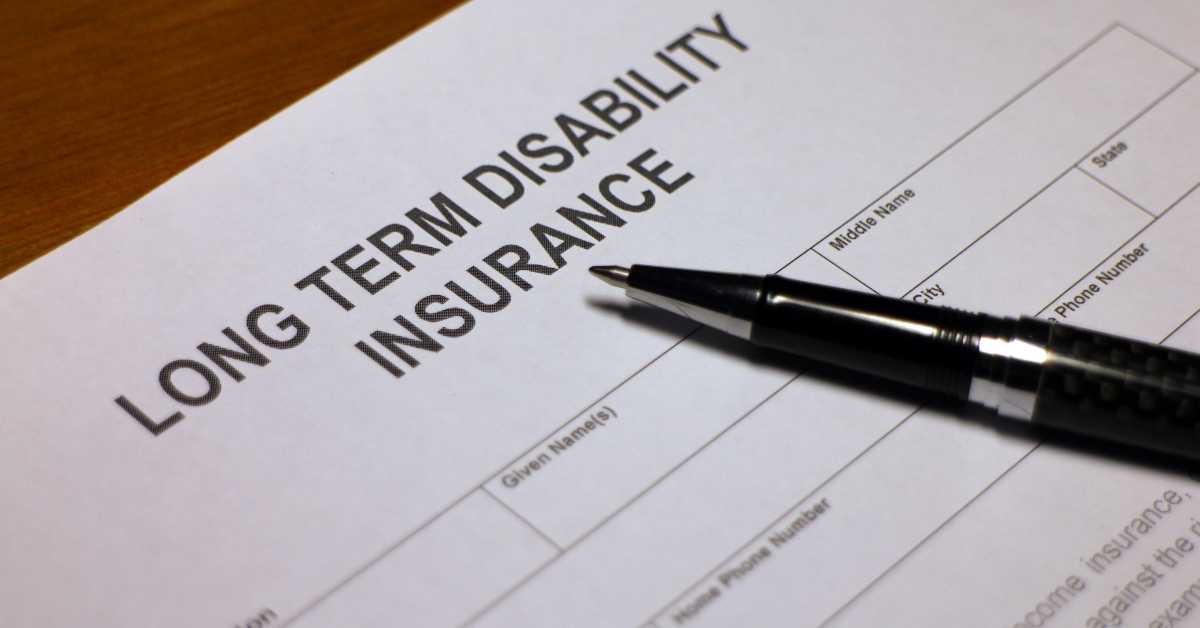Social Security Disability Insurance vs. Long-Term Disability Insurance

Social Security Disability Insurance (SSDI) and long-term disability insurance can both help provide monetary benefits to individuals who become disabled. However, they serve very different functions and have very different procedures in place to receive them.
If you have questions about applying for Social Security Disability or would like to know how long-term disability insurance may affect your claim, contact an experienced disability lawyer from Dayes Law Firm PC for assistance.
SSDI
SSDI is a public benefit program that provides monetary benefits for individuals who are unable to work due to a disabling condition. The amount of income that a claimant receives is based on his or her average past earnings over the last several years, which in 2018 cannot exceed $1,197.
To qualify for these benefits, a claimant must meet a strict definition of being totally disabled. This requires showing that the claimant:
- Has a medically recognized impairment that prevents him or her from working for at least one year or that is terminal
- Is unable to perform previous work or other work
- Is not currently working
To receive benefits, the individual must undergo an extensive application process and meet the Social Security Administration’s strict requirements for disability benefits.
Long-Term Disability Insurance
Long-term disability insurance is a form of private insurance that provides replacement income for someone if he or she becomes disabled. A typical policy provides for 60 percent of a person’s pre-tax income.
This type of policy is sometimes used in conjunction with a short-term disability insurance policy, which provides income replacement up to six months after a person develops a condition that makes him or her unable to work. Long-term disability insurance typically kicks in after short-term disability coverage terminates.
It is often easier to receive long-term disability insurance than SSDI because you do not have to be totally disabled to obtain private coverage.
However, this depends on the type of private long-term disability insurance policy, which can include:
- Own occupation coverage – This type of insurance policy provides benefits when the insured’s disability prevents the insured from working in his or her chosen occupation. This covers situations where a surgeon can no longer practice surgery, but can teach for a living instead.
- Own occupation coverage with time limits – This type of insurance insures the individual when he or she is unable to perform duties related to his or her chosen occupation. However, it imposes specific time limits for how long this coverage applies. After a certain amount of time, it then switches to any occupation coverage if the insured cannot work in any profession after a designated period of time, such as one year, two years or five years.
- Any occupation coverage – This type of coverage kicks in if the insured’s condition prevents him or her performing any job. This is a much stricter definition of disability, similar to that for SSDI.
Getting Both
In some situations, a person may be able to receive both types of benefits. They may qualify for SSDI while also qualifying under the terms of their private long-term disability insurance coverage.
However, some long-term disability insurance policies have a Social Security rider that reduces the private coverage in an amount equal to the Social Security disability benefit payment.
In some circumstances, you may still be eligible for other types of benefits like workers’ compensation benefits or veteran’s benefits while also receiving SSDI and long-term disability insurance benefits.
Contact a Lawyer for Assistance
If you are applying for SSDI benefits or would like more information about how this coverage may impact your long-term insurance benefits, it is important to contact an experienced lawyer.
We can review the specific circumstances involved in your claim and outline a legal strategy that maximizes your benefits. We work on a contingency fee basis, so you only pay us if your claim is approved and you receive benefits.
Call 1-800-503-2000 or complete a Free Case Evaluation form.
